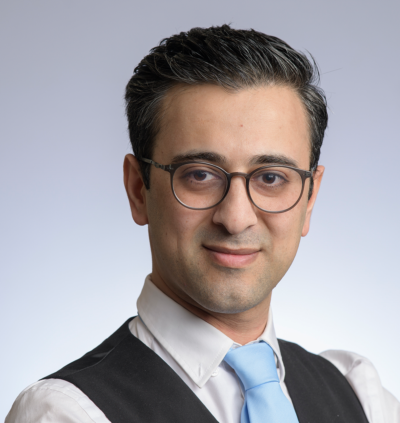Quantitative Models for porphyry copper exploration
Fardad Maghsoudi Moud is a PhD student in the department of Applied Earth Sciences. (Co)Promotors are prof.dr. M. van der Meijde, dr. F.J.A. Ruitenbeek and dr. R.D. Hewson from the the Faculty Geo-information and Earth Observation (ITC).
 Mineral exploration, especially porphyry copper, plays a vital role in the sustainable green energy transition but is a challenging and risky operation. Studies have utilized various data like mineralogy, lithology, tectonics, geophysics, geochemistry, and remote sensing for porphyry copper exploration. However, previous hydrothermal alteration models were qualitative and lacked details, such as copper grade. This thesis introduces methodological advancements toward semi-quantitative and quantitative hydrothermal alteration models for predicting economic copper mineralization and assessing their accuracy and uncertainty sources.
Mineral exploration, especially porphyry copper, plays a vital role in the sustainable green energy transition but is a challenging and risky operation. Studies have utilized various data like mineralogy, lithology, tectonics, geophysics, geochemistry, and remote sensing for porphyry copper exploration. However, previous hydrothermal alteration models were qualitative and lacked details, such as copper grade. This thesis introduces methodological advancements toward semi-quantitative and quantitative hydrothermal alteration models for predicting economic copper mineralization and assessing their accuracy and uncertainty sources.
The study region, the Kerman metallogenic belt in south-eastern Iran, is rich in different copper deposition types. The Kuh Panj porphyry copper deposit, an unmined area in this belt, served as the focal point for this research, using geological studies and various exploration datasets like rock samples, airborne measurements, and space-borne images.
Integration of different exploration evidence in the study region identified high-potential areas of copper mineralization, which were then compared with existing information to prioritize based on copper grade/tonnage. The accuracy of input data, particularly ASTER images for mineral mapping, was carefully assessed, showing that threshold selection holds greater importance than spatial accuracy. Uncertainty sources in the models were acknowledged, and mineral composition interpretation discrepancies between XRD and infrared reflectance spectroscopy were addressed due to detection limits and lack of threshold values. Modeling copper content required information on high-potential mineralization areas and considered accuracy and uncertainty sources. Using different linear regressions, copper content was modeled, enabling the discrimination of economic copper mineralization from gangue, while also revealing relationships between copper content, exploration evidence, and mineralogical information.
In conclusion, the thesis covered four main topics: (a) determining high-potential copper mineralization areas through exploration evidence integration, (b) assessing the accuracy of mineral maps derived from ASTER images, (c) addressing inconsistencies in mineral composition interpretation, and (d) modeling copper content and its relationships with minerals and exploration evidence. The study advocates for quantitative-predictive approaches to enhance porphyry copper exploration and facilitate the transition to sustainable green energy.






